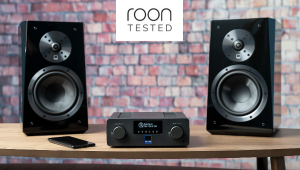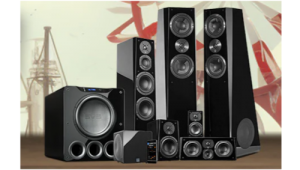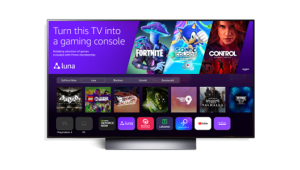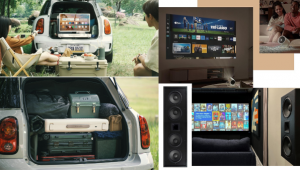CTA: Consumers Who Know VR Are ‘Excited’ About It
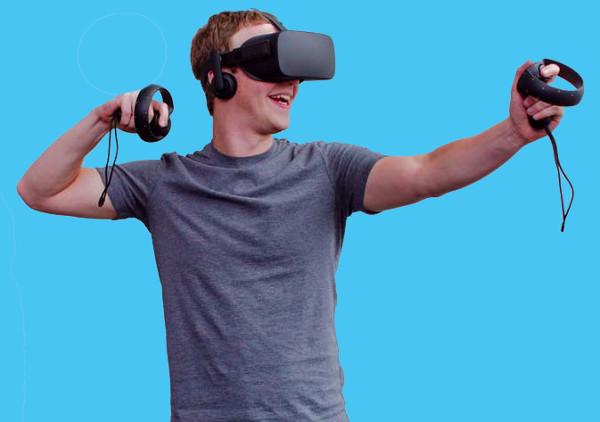
New research from the Consumer Technology Association (CTA) and National Association of Television Program Executives (NATPE) has found that consumers familiar with VR are excited about experiencing the technology today and using it more fully in the future, while those who are unfamiliar with it need time and more information to better understand what VR is all about.
Other key findings of the study, “Consumer Sentiments: Virtual Reality In-Store Demonstration – VR Headset and Content,” include:
• When describing VR, consumers focus on describing the experience rather than technical aspects, comparing it to movies and videogames or being inside an alternative reality
• The current retail experience does not help consumers spontaneously discover VR, because displays are small, easy-to-miss, and fail to showcase the "wow factor" of the VR experience
• Most consumers prefer using VR in their home, though some are open to experiencing VR in a movie theater or theme park where the experience could be shared with friends and family
• VR headsets are comfortable and create an impressive depth perception, adding to the immersive experience—though some consumers would prefer a wireless headset
• Popular suggestions for VR content include lifestyle activities: Travel, concerts, and exercise
"Augmented and virtual reality are already changing our lives for the better‐from delivering a remarkable, awe-inspiring entertainment experience to helping patients recover from physical and psychological trauma, too," said Brian Markwalter, senior vice president, research and standards for the CTA. "And our study shows that consumers who try VR 'get it'—the VR products now on store shelves deliver a powerful experience, and what lies ahead will amaze us even more."
The report makes three key recommendations to VR makers (Facebook, are you listening?):
1. Improve the quality and variety of VR content
2. Include a product manual and/or directions to address consumers' most common concerns
3. Address consumers' expectations for VR to become sleeker, less expensive, easier to use, more social, and more accessible.
Additionally, the report suggests retailers would benefit by making VR products easier for new audiences to find and access, ensuring staff is knowledgeable about the products and anticipates customers' questions, and incorporating the "wow factor" of the VR experience within related communications.
"The report illustrates the importance of familiarizing potential customers with the wonders of VR—not just putting them in front of the story, but actually getting consumers inside the experience across the entire spectrum of entertainment, advertising, and gaming," said Mark Turner, vice president, corporate partnerships & strategy for Technicolor and chairman of the CTA's AR/VR Working Group, which recently finalized a set of industry definitions to better explain the spectrum of VR experiences.
According to CTA's semi-annual industry sales forecast, VR headsets will be one of the tech sector's leaders in year-over-year growth in 2017 with U.S. sales projected to reach 2.5 million units (a 79 percent increase over 2016) and $660 million in revenues (43 percent increase).







